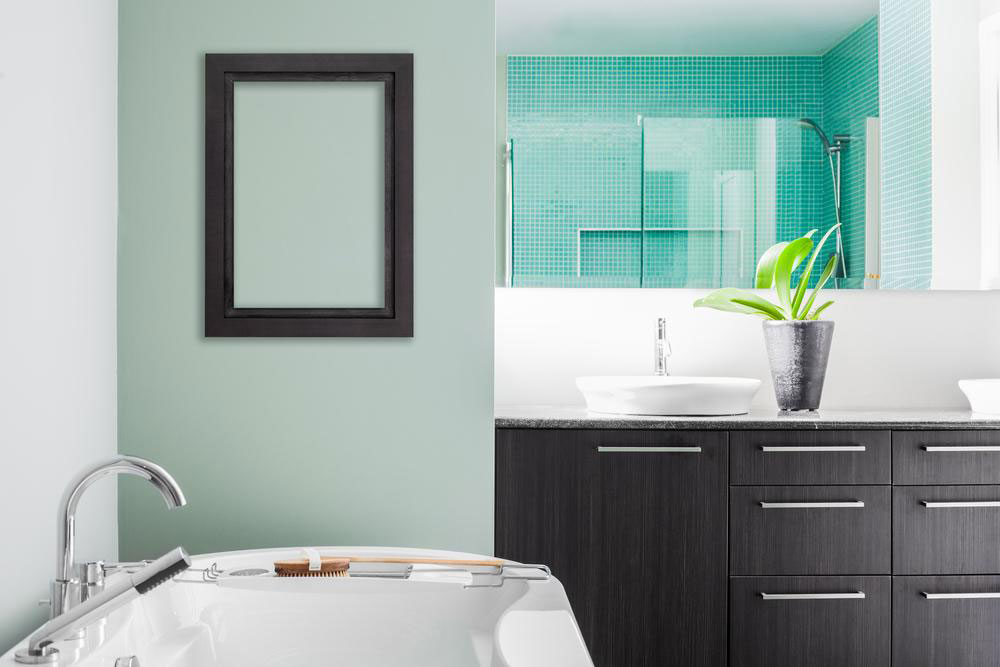Essential Guide for Beginners: Mastering Watercolor Art
Discover essential techniques and ideas for beginner watercolor artists. This guide covers key steps, popular methods, creative themes, and color psychology to help novices develop their skills and create beautiful artwork. Experimentation and practice are encouraged to master this versatile art form and produce stunning pieces.

Essential Guide for Beginners: Mastering Watercolor Art
Watercolor art captivates many with its delicate and vibrant qualities. It involves applying pigments mixed with water onto paper to create stunning visuals. Below are fundamental steps, creative ideas, and popular techniques to help you start your watercolor journey.
Fundamental Steps to Create Watercolor Artwork
Here are key stages to produce beautiful watercolor pieces:
Assemble Your Supplies
Gather watercolor paints, brushes, quality paper, a palette, clean water, and a well-lit workspace.
Sketch Your Design
Lightly outline your subject with a pencil on your paper, avoiding heavy lines that may show through.
Prepare Your Colors
Mix your desired shades on the palette ahead of time for efficient workflow.
Begin with Light Washes
Apply a thin, light layer of color to set the tone, allowing it to dry before layering.
Layer Gradually
Add successive layers, waiting for each to dry, to build depth and richness.
Add Fine Details
Use smaller brushes and dry brush techniques to introduce intricate highlights and textures.
Finalize the Artwork
Step back to assess your piece and make necessary adjustments.
Preserve Your Work
Once dry, consider sealing with a fixative or framing under glass for longevity.
Popular Watercolor Techniques for Artists Enhance your paintings with these widely used methods:
Wet-on-wet
Wet the paper before painting to achieve soft edges and seamless blends, ideal for backgrounds.
Dry brushing
Use minimal water for texture and detailed effects.
Layering
Build up colors through multiple transparent layers, starting light and increasing intensity.
Salt Texture
Sprinkling salt onto wet paint creates natural textured patterns as it dries.
Splattering
Flick paint onto paper for energetic textures and effects.
Masking Fluid
Preserve white areas by covering them before painting; remove afterward for clean highlights.
Collage Integration
Combine watercolors with torn paper or printed materials to add depth.
Negative Painting
Highlight objects by painting around them, emphasizing shadows and contours.
Creative Ideas to Inspire Your Watercolors
Nature's Beauty
Paint landscapes, seascapes, or flora, capturing natural serenity and energy.
Portraits and Figures
Bring human subjects to life with expressive brushwork.
Abstract and Expressive Art
Use watercolors to explore personal feelings and abstract visualizations.
Still Life Compositions
Arrange everyday objects for balanced and detailed still life paintings.
Wildlife and Pets
Celebrate animals through gentle washes that depict movement and vitality.
Urban Scenes
Capture city life, including buildings and streets, with vibrant colors.
Ocean and Marine Life
Explore underwater worlds filled with colorful coral and fish.
Remember, the flexibility of watercolor paints invites experimentation. Mix colors freely and explore various techniques to develop your unique style.
Color Choices and Emotional Impact Understanding color psychology can influence your art’s mood:
Blue symbolizes calm and stability, perfect for tranquil scenes.
Red conveys passion and energy, ideal for bold subjects.
Yellow radiates happiness and optimism, suited for bright compositions.
Green represents growth and harmony, great for nature themes.
Purple adds a mysterious or magical feel.
Orange exudes enthusiasm and vitality.
Keep practicing, embrace challenges, and let your creativity flow. Over time, you'll hone your skills and produce impressive watercolor artworks. Happy painting!









